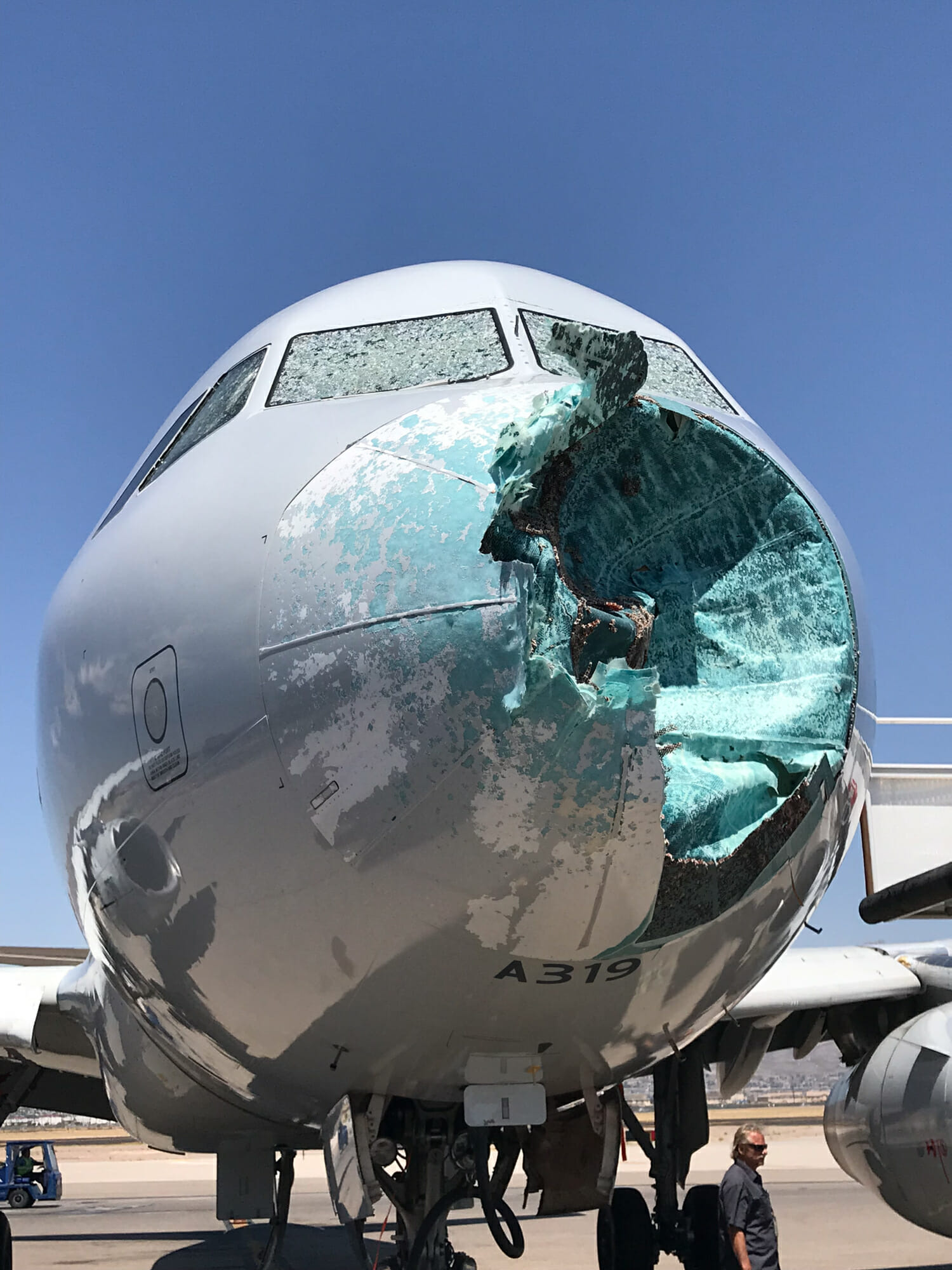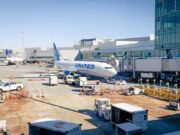
Photo courtesy of American Airlines
Summer flying is upon us and so begin the deviations, diversions, delays, ground stops and cancelations. Last month, we were reminded what can happen when significant hail damage caused an American Airlines flight to declare an emergency and divert to El Paso. Though extremely rare, hail caused the nose to cave in and the windshields to shatter. The pilots did an amazing job of landing the aircraft, with all passengers and crew unharmed.
Summer flying can be incredibly tough especially when a strong cold front forms a severe squall line of thunderstorms, basically blocking your flight plan for perhaps hundreds of miles. What do you do? The AIM advises pilots to avoid thunderstorms by at least 20 miles. Is this possible in all situations? What do you do if it’s not? How do you make these difficult decisions?
When I am flying, I try to use all available resources to gather the information I need to make the best choices to get to our destination safely. I have no problem flying hundreds of miles out of the way and stopping for fuel to ensure the safety of my crew, my passengers and my aircraft. The best advice is to be proactive. Have a plan B in the back of your mind so that if the eventuality should arise, you are already prepared.
If you have an interesting story to tell about your experiences in threatening skies, we would love to hear about it. We invite you to write us at info@aerocrewnews.com.
Be safe and keep the blue side up!
Craig Pieper
























































































































